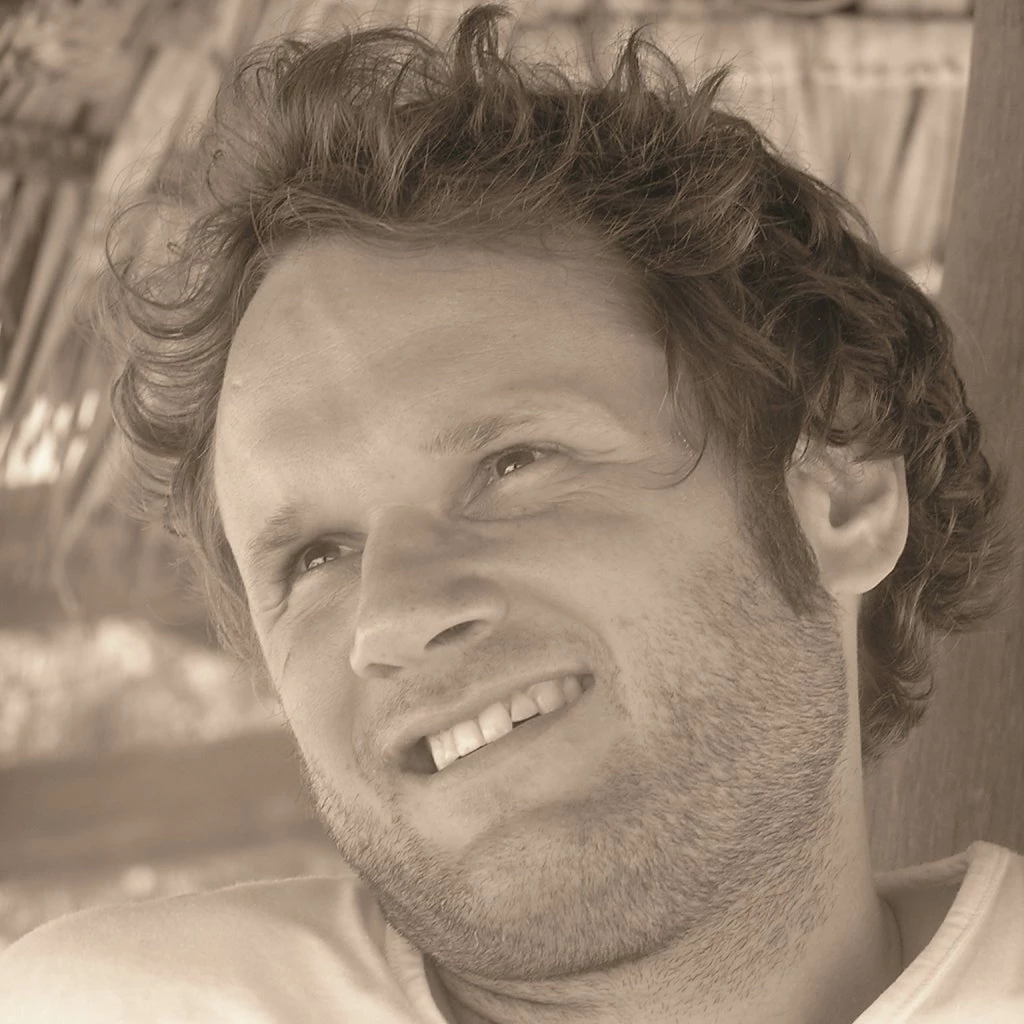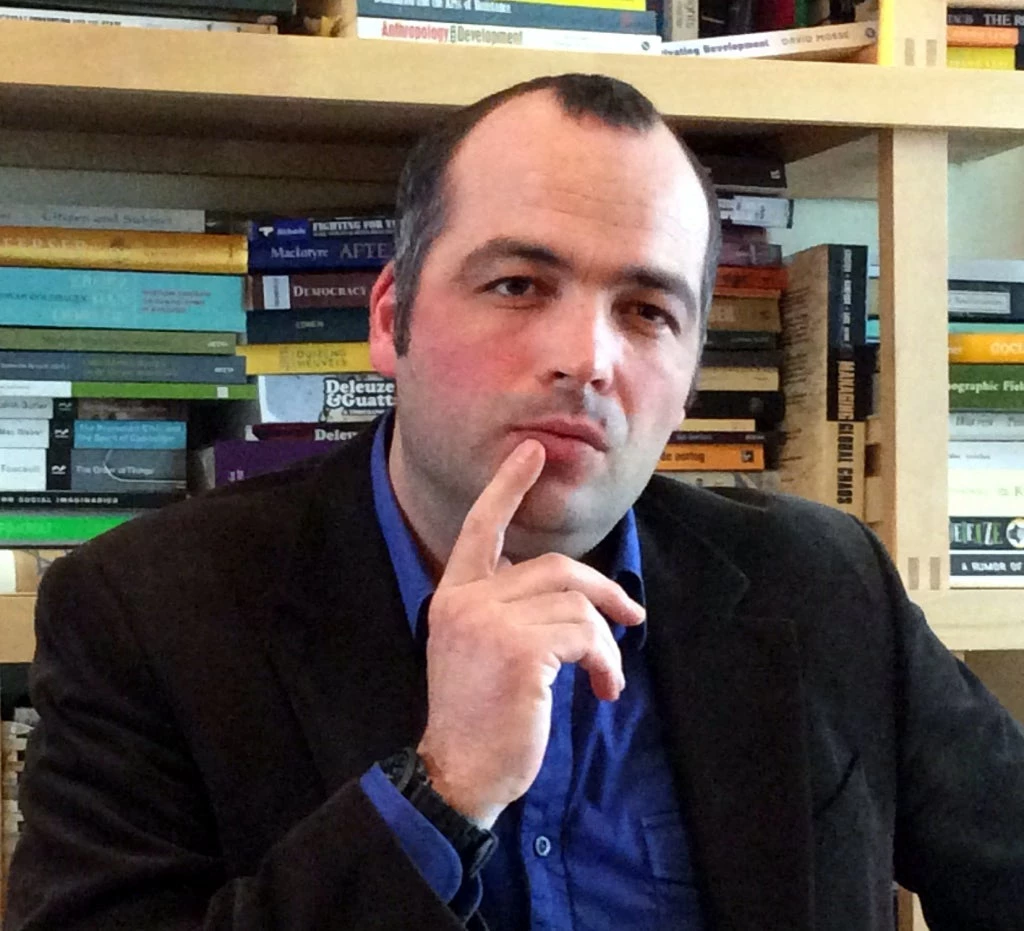
For a young person who has spent his or her whole life living in a village in rural Africa, moving out is often desirable in theory, but daunting in practice. From the life histories of migrants in Tanzania it becomes clear that a number of important resources are needed, which are typically scarce in supply, particularly within the village. These include, among others, cash to pay the bus fare and a familiar face at destination, professional skills to find meaningful employment, and the life skills to operate in the anonymous, cash-based urban environment. And just because of the particular challenge of getting these in the village, the first move becomes so special.
Catch-22
Indeed, migrating is somewhat of a catch-22: one needs to acquire the resource in order to migrate, but one needs to migrate in order to obtain the resource. It is hard to build up substantial savings in a poor village environment. A remote village is also a bad place to build up networks of people who can be potential sources of information on urban jobs or be a host in the city. And while a few respondents had built up skills before they moved, the majority moved with a view to building up their professional skills. Typically this was on-the-job learning, for example carrying bricks on a construction site in order to gradually learn how to become a mason. In addition, one also needs the skills to operate in an anonymous capitalistic urban environment.
The key to breaking the vicious circle is the first move. This is the first, often bold step into the unknown. It comes with the realization that things need to be shaken up to overturn the seemingly inalterable conditions that keep people confined to the village. This first move is often undertaken despite lacking money, networks and skills that reassures people that things will work out. Thus, the migration process’s first cut – so the speak – is the deepest.
In our first post, we introduced Raymond, who did not want to be confined to village life for the rest of his life. As many migrants’, Raymond’s first move was a daring step into the unknown. His dream was to move to Dar es Salaam, but that destination was too far – not just physically at 1,650 km from his village, but socio-psychologically as well. Instead he moved to a small town called Bukoba of about 100,000 people. It was 50km away, which meant that he was confident that he could get back home no matter how dire things got – on foot if necessary. As we explained in our second post, the town occupies a mid-way position between the rural and the city.
This was a familiar environment for Raymond. Many people had similar rural origins, had heard of his village and while Swahili is the lingua franca in Tanzania, he could hear a lot of language spoken by the people of his ethnic group living in the wider region. Lacking meaningful contacts, he cold-called shops to ask for work and after some time got lucky. He started selling urban consumer goods (soap, sugar, chewing gum and the like) to travellers going to the rural areas. That first job is a good metaphor for the bridge he was making himself between rural and urban life.
That first move set Raymond on an important path. His finances improved, his network expanded, his professional skills developed and he became street-smart. All of this allowed him to move on to other destinations, further afield – first to a bigger and further town called Mwanza, and later to Dar es Salaam. It helped him expand his action space.
What towns need
The first blog post in this series introduced the concept of action space -- the set of possible destinations people can realistically go to -- highlighting this dynamic and cumulative nature of migration. With time, and especially with each move, the conditions that determine the action space shift and slide and with it action space expands and contracts (with moves becoming harder to realize once familial responsibilities kick in). And the first move often also forms the most important rip in the boundaries of this action space. Raymond could not have moved directly to Dar es Salaam, but he could expand his horizons through a secondary town close by. To be sure, secondary towns are not purely transit routes, they are often important final destinations in and of themselves.
The point is that without the proximity of a secondary town Raymond would not have had the possibility to take that crucial first step that gave him the freedom to make life-improving choices. Vibrant secondary towns have the potential to be important vehicles for inclusive growth through urbanisation. This requires among others connecting them with the larger urban centers, providing them with reliable access to electricity to operate the agro-processing firms, the local banks and telecom services, and the installation of hospitals and secondary and vocational schools, and even tertiary education. The latter will also help retain the skilled workers needed to run these firms and generate jobs. With this as backbone, business can be attracted, and the towns can become, in the words of the migrants, “mzunguko wa pesa” (places where money circulates).
This is the third and final post in a 3 post blog series exploring the question “Why secondary towns can be important for poverty reduction” drawing on the insights of the life histories of 75 migrants from Kagera, Tanzania. Find two previous posts:
- Secondary Towns for Migration and Jobs – Creating the Action Space
- Secondary Towns for Migration and Jobs Part II – What Makes a Town a Town and Why it Matters
Follow the World Bank Jobs Group on Twitter @wbg_jobs.





Join the Conversation